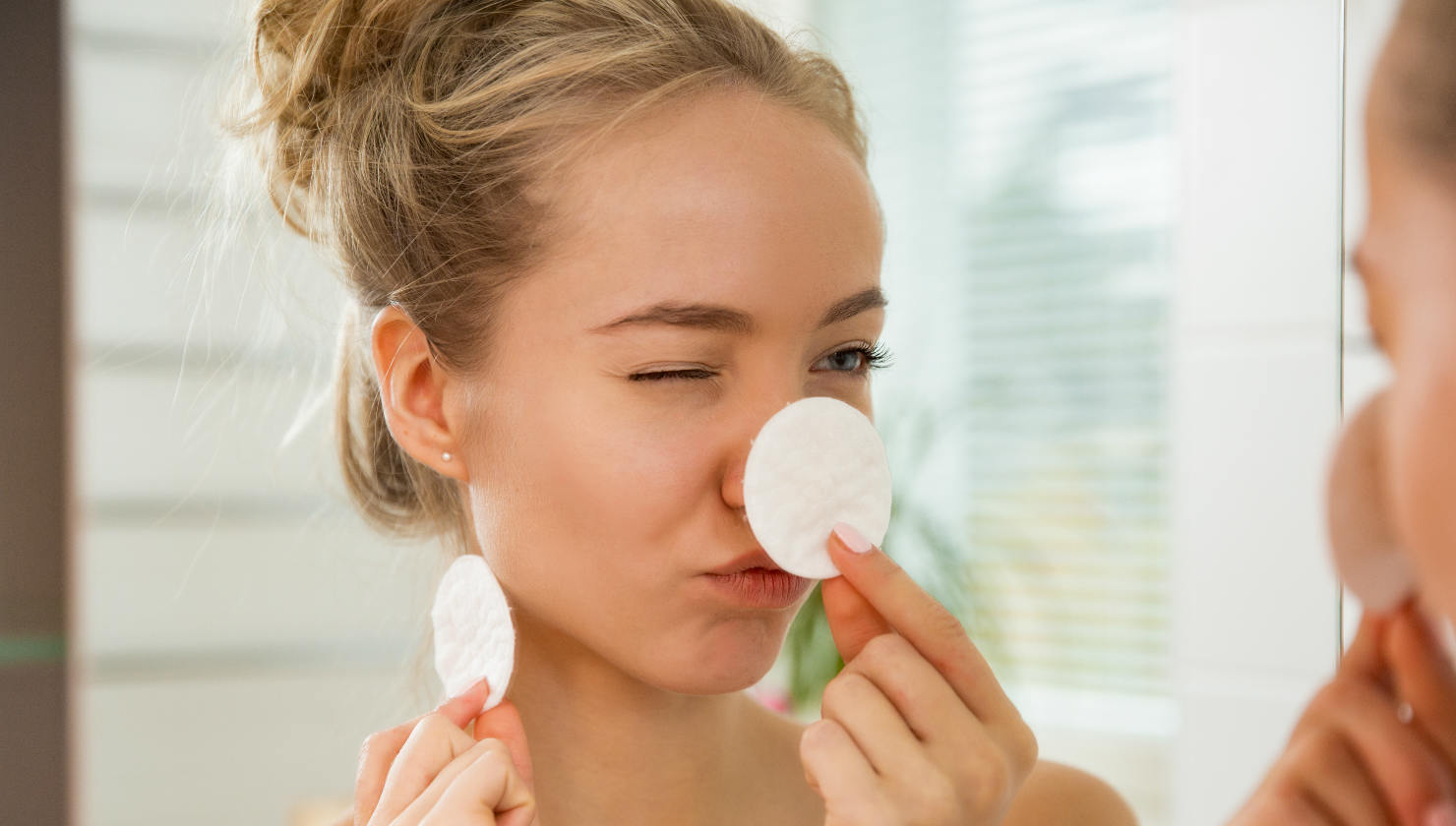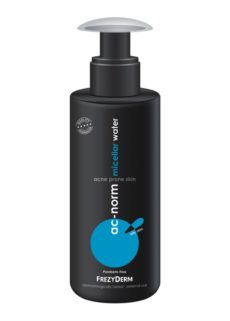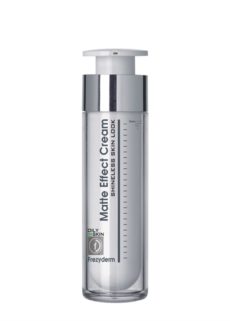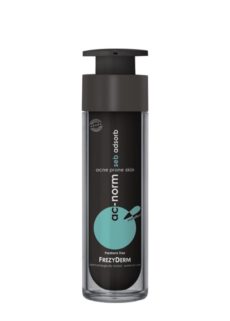
How to Tell if You Have Oily or Combination Skin
Your skin type is determined by how much oil the skin on your face produces. We all need a certain amount of oil on our skin to keep it moisturized and supple, however oily skin occurs when excess oil is produced.
What are the signs of oily skin?
Oily skin is characterised by a shiny or greasy appearance, other common signs include:
- Skin that becomes oily within an hour after cleansing, the T-zone area is the shiniest
- You’re prone to large pores, blackheads and breakouts of acne.
- Your fringe, if you have one, becomes greasy by collecting oil from the face.
Although the characteristics of oily skin can be irritating it does mean that you are less prone to wrinkles or premature signs of ageing. This is because the excess moisture keeps the skin plump, meaning fewer wrinkles form.
What are the causes of oily skin?
The root cause of oily skin is overactive sebaceous (oil) glands. However, there are many reasons why someone may have oily skin. It is typically hereditary but can also be influenced by environmental and hormonal factors. Women are more likely to produce excess oil during certain points of their menstrual cycle and during pregnancy and menopause. Heat and humidity may also trigger an overproduction of oil.
It is important to remember that oily skin can also be affected by the climate: you may have oily skin during the hotter months but dry or flaky skin during winter.
How do I care for oily skin?
Oily skin is best cared for with a simple skincare regime that uses especially formulated products. The key is to use a small number of effective products as overusing them may cause the skin to produce additional excess oil. Although it may be tempting to skip moisturising your skin, we still recommend using a light moisturiser or cream. Our Matte Effect Cream has been developed to treat oily and combination skins by absorbing excess oil and creating a matte appearance that makes it easier to apply other products including makeup.
Combination Skin
Although the above signs suggest oily skin it is important to rule out the possibility of combination skin, which is when your complexion has both oily and dry areas. If you have an oily T-zone but dry and flaky skin on your cheeks then you may have combination skin, this may require a different range of products that treat both areas.
It’s advised to use a peel-off mask twice a week on oily areas only, and once a week everywhere else. It sloughs of dead cells, tightens the pores and gives a matte finish.
To treat dry skin areas one of our moisturising creams are just the thing to give you long-lasting hydration. Our fast-working, hydrating moisturising creams will improve dry skin immediately.
If you’re prone to breakouts we would recommend trying at our AC-Norm range that has been created to treat all types of acne, from moderate to severe.












